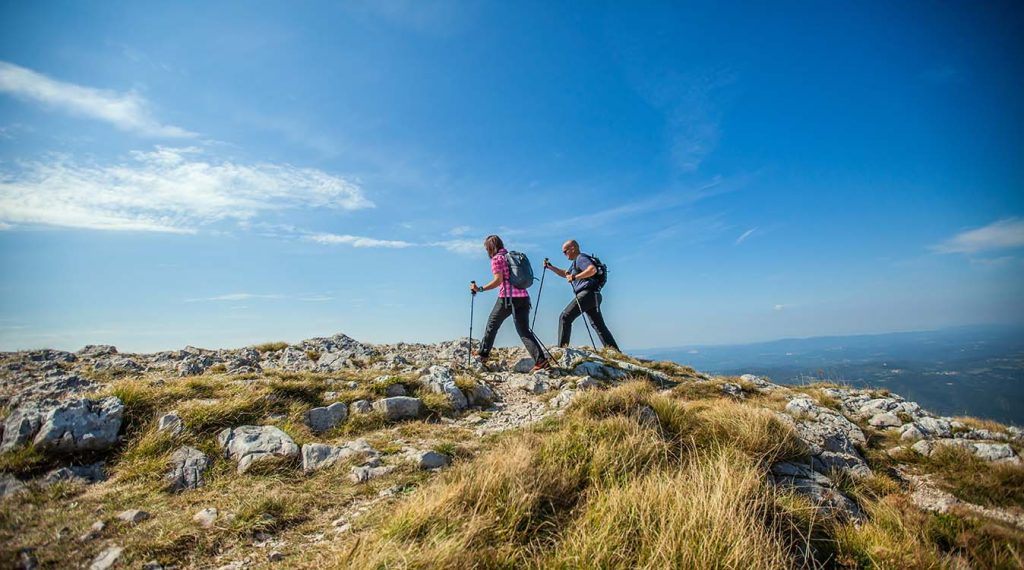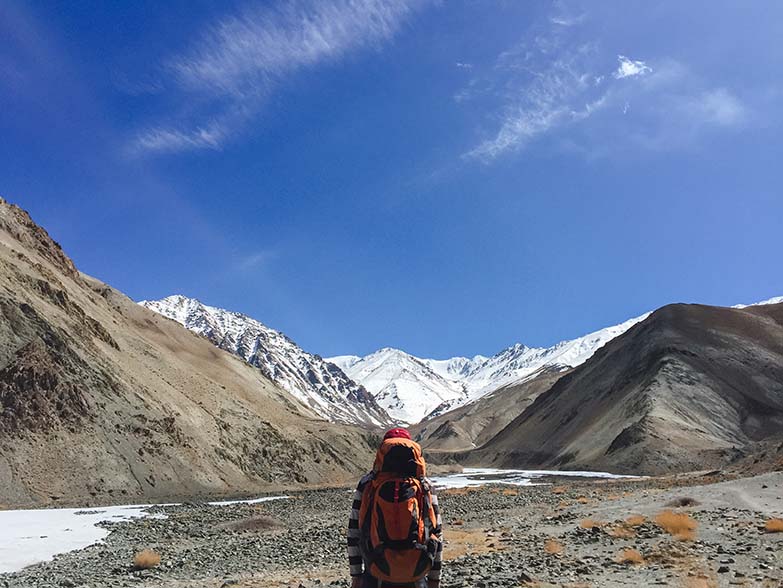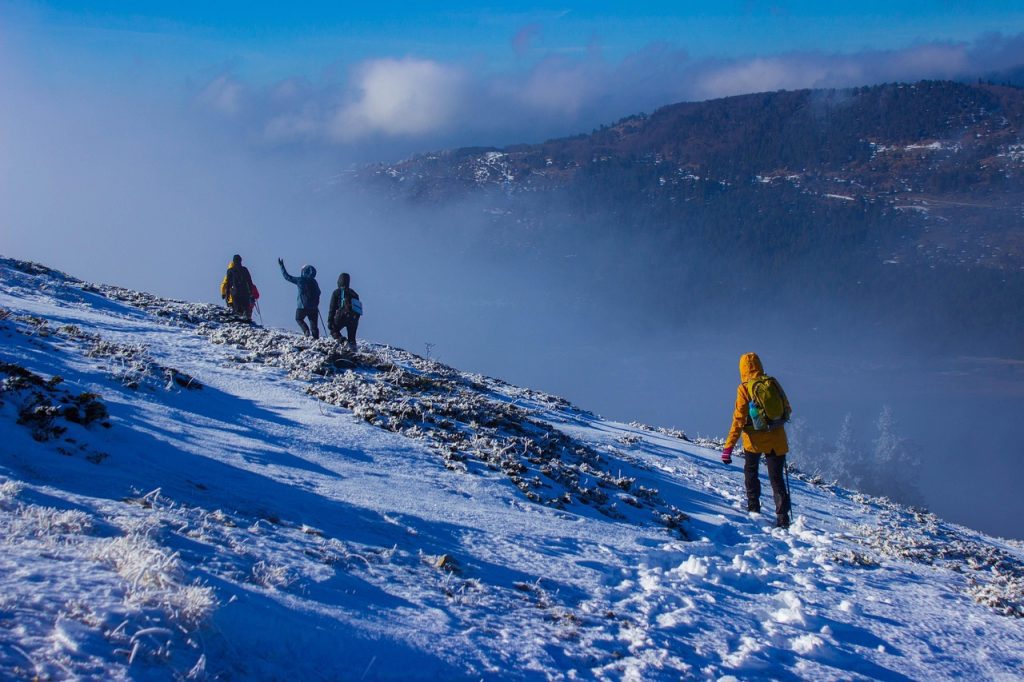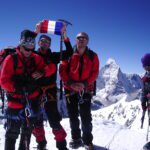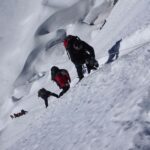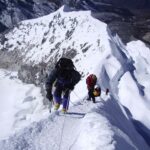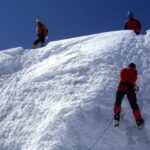Mount Everest. The name alone conjures images of snow-laden peaks, fearless adventurers, fluttering prayer flags, and icy winds howling across a deadly yet majestic landscape. Standing tall at the peak of Mount Everest, which reaches a staggering height of Everest at 8,848.86 meters (29,031.7 feet), this isn’t just any mountain—it’s the roof of the world.
But what is it exactly that makes this Himalayan giant so irresistible? Why, despite its dangers, do thousands of climbers from around the globe risk their lives every year to chase the peak of Mt Everest? Let’s journey into the heart of this awe-inspiring Mt Everest mountain and explore the factors behind its magnetic pull.
A Natural Marvel at the Roof of the World
Mount Everest sits on the border between Nepal and the Tibet Autonomous Region of China, forming part of the mighty Himalayas—a range born from the collision of the Indian and Eurasian tectonic plates. The Everest mountain location is both remote and sacred, nestled amidst some of the world’s most breathtaking Mt Everest peaks.
Though there are hundreds of awe-inspiring mountains in this region, Everest stands out for one reason: it’s the tallest of them all. This superlative status gives it unmatched global allure. Being the highest point on Earth, the Mount Everest peak has transformed from a geographical feature into a symbol of human ambition.
A History Steeped in Triumph and Tragedy
The fascination with Mount Everest mountaineering runs deep. For centuries, local communities revered this sacred mountain. The Tibetan name Chomolungma means “Goddess Mother of the World,” while the Nepali name Sagarmatha translates to “Forehead in the Sky.”
Western explorers began their obsession with Everest in the early 20th century. British mountaineer George Mallory famously replied, “Because it’s there,” when asked why he wanted to climb it. His mysterious disappearance in 1924 only deepened the allure of the Mt Everest mountain.
Then in 1953, New Zealander Sir Edmund Hillary and Nepali Sherpa Tenzing Norgay etched their names in history as the first to conquer the peak of Mount Everest. Their triumph sparked a new era of exploration and ambition, transforming Mount Everest mountaineering into the holy grail of outdoor achievement.
Since then, thousands have followed—some making it, others perishing along the way. The peak Mt Everest continues to be both a dream and a deadly pursuit.
The Challenge That Tests the Human Spirit
The appeal of Everest lies not just in its height, but in the brutal challenge it presents. Mountaineering Everest is no easy task—it demands unmatched endurance, meticulous preparation, altitude awareness, and the will to survive.
Climbers must endure:
- Extreme weather: Temperatures can drop below -40°C, with storms that can strike without warning.
- The Death Zone: Above 8,000 meters, oxygen is so scarce that the human body begins to shut down.
- Natural dangers: Avalanches, crevasses, and unpredictable terrain pose constant threats.
- Physical and emotional exhaustion: Hallucinations, frostbite, and sheer fatigue cloud judgment and weaken resolve.
Yet, it is precisely this difficulty that makes mountaineering Everest such a compelling challenge. Many climbers describe it as a deeply personal journey—to test their limits, confront their fears, and uncover inner strength.
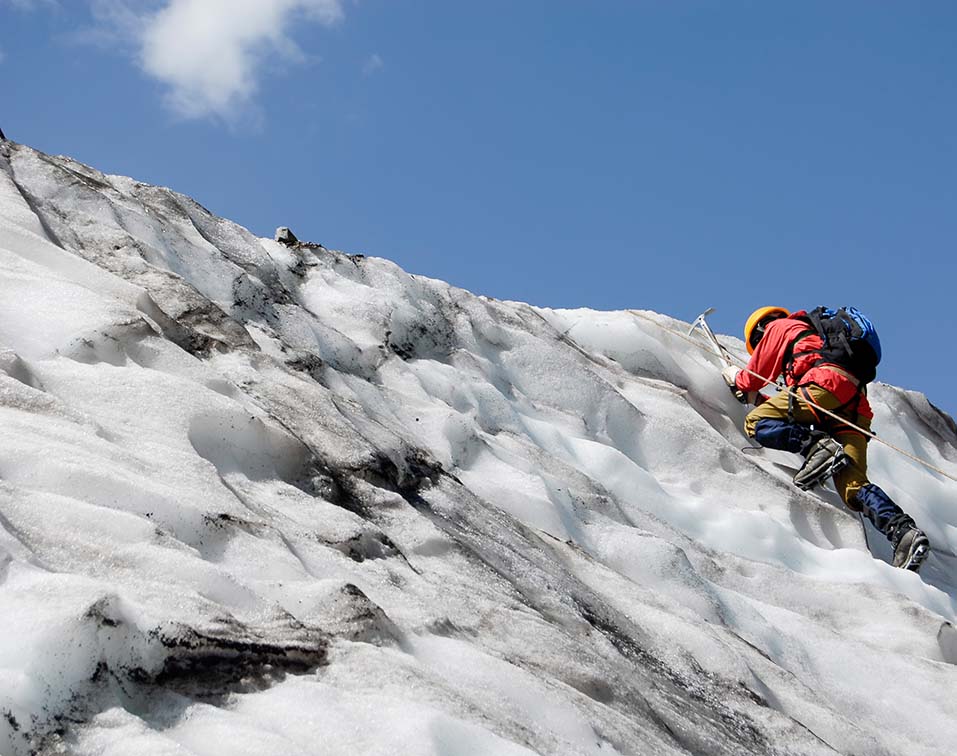
The Role of Sherpas and the Everest Economy
Nobody climbs Everest alone. At the heart of nearly every successful ascent are the Sherpas, an indigenous people with generations of experience on the Everest mountain location. Known for their resilience and knowledge, Sherpas guide climbers through deadly zones like the Khumbu Icefall and play a pivotal role in reaching the Mt Everest peak.
Over time, Everest has evolved into an economic engine for Nepal. Every spring season, when weather conditions are optimal, hundreds of climbers arrive to take on the peak Mt Everest—often spending tens of thousands of dollars on permits, gear, guides, and support teams. While this provides vital income to local communities, it also raises concerns about sustainability and ethics.
The Controversies: Crowds, Trash, and Ethics
As Everest has grown more accessible, it has also become more crowded. Viral images of long queues near the Mount Everest peak highlight a dangerous reality—climbers stuck in the Death Zone risk exposure, frostbite, and death simply because of traffic jams.
In addition to human risk, the Mt Everest mountain now faces environmental damage. Decades of expeditions have left behind waste—used oxygen bottles, tents, food wrappers, and even human waste. These scars are a sobering reminder of tourism’s darker side.
Ethical questions now dominate the conversation. Should inexperienced climbers be allowed to ascend? Are expedition companies responsible for their clients’ safety and environmental behavior? These debates are crucial as we look toward a more respectful future for Mount Everest mountaineering.
A Dream That Lives On
Despite its dangers, crowds, and controversies, the Everest mountain location continues to draw adventurers, thrill-seekers, and dreamers. It represents the ultimate metaphor—a place where ambition meets adversity, and the reward is not just the view from the top, but the transformation within.
Final Thoughts
Mount Everest is more than just a mountain. It’s a proving ground, a pilgrimage, and a personal Everest for anyone who dares to dream big. Every person who attempts to reach the Mount Everest peak is not just chasing altitude—they’re chasing personal growth, perseverance, and a deeper connection to the world.
So what makes Everest so irresistible?
Maybe it’s not just the height of Everest or the title of reaching the peak Mt Everest—maybe it’s the pursuit of becoming the best version of ourselves, one breathless step at a time.
Read More: Poon Hill Trek: The Best Short Trek for Beginners in 2025

